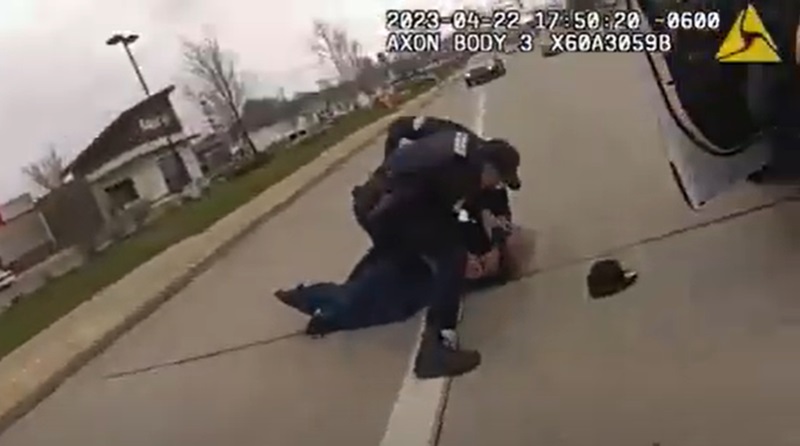
No prosecution of a police officer for a use of force (UOF) event in the line of duty should be allowed without the testimony of an expert in the complexity of decision-making. That wouldn’t absolve every officer in every UOF, because some deaths and injuries are not justifiable, but tragedies of unjust prosecution and imprisonment of police officers happen too often.
UOF is necessary when a person unlawfully resists contact by a police officer. State and federal law filtered through many court decisions provide the rules of allowable coercion by law enforcement. The legal requirements for citizens to submit to an officer are also clear.
There may yet be a state or two where the law allows a person being unlawfully arrested to resist, but since an arrestee can’t know what information the police officer has to establish cause for the arrest or detention and there are remedies for an unlawful arrest, most states have deleted such provisions.
Some education programs have emphasized the legal obligation and potentially bad consequences of resisting with the slogan “comply and complain”, urging people to do what the officers say and then take steps to remedy any perceived wrong done to them.
Officers who have an arrest warrant have the best protection against being sued or criminally charged. Warrants don’t merely give permission to a bona fide law enforcement officer to take physical custody but rather demand that they do. Unless the information provided to the magistrate forming the factual basis for the warrant was intentionally falsely sworn, a warrant arrest is legally safe for the officer. Even so, the level of force used in accomplishing the custody must still be reasonable.
The right to be left alone is a long-held American principle, so an armed government agent must have a good reason to interfere with a person’s status of minding one’s own business. This right to privacy is at a high level in one’s home, exists as they are out in a public place, and is somewhat less when traveling in a vehicle on public thoroughfares. Random car stops were lawful at one time to ensure that vehicle operators were licensed. Now a vehicle may be stopped only for an articulable reason, with a slight exception for roadblocks for drunk driving checkpoints (which must meet guidelines to ensure equal treatment and safety), and a major exception for Border Patrol inspections within 100 air miles of the border.
Controversy over the so-called “stop and frisk” policies centers around the well-established law clarified by the Supreme Court in 1968 in the famous Terry v. Ohio case. The 4th amendment requires all seizures of persons to be reasonable. Reasonableness is one of those words that courts like to chew on, but it boils down to whether a police officer who makes the decision to detain someone can provide a list of believable reasons why they decided to do so. In order to not only detain but to search a person with a pat-down (frisk) for weapons, the officer must articulate why they thought that the person might be armed.
A police officer can start a consensual conversation with anyone as long the other person is willing to engage, and the officer is willing to allow the person to walk away from the contact. One challenge for law enforcement is the potential conflict between their obligation under public caretaking and the right to privacy. If an officer sees someone who may seem to be in distress, lost, or engaging in risky behavior as though under the influence, it is natural that they want to contact them to check on their well-being. Every contact presents a potential danger to the officer. Officers have been attacked when stopping to assist a motorist or doing a well-being check.
The truth that there are no “routine” contacts in police work is a concept hammered into every police trainee. The courts must recognize the complexity of any police contact in order to properly evaluate any UOF arising when an officer approaches someone. Expert witnesses can testify to the research and literature describing how the brain makes decisions and perceives threats, how the body reacts in threat environments, what sensory and neurological activities occur under stress, how long it takes to make those decisions and react appropriately, and the limitations of time, anatomy, and the laws of physics.